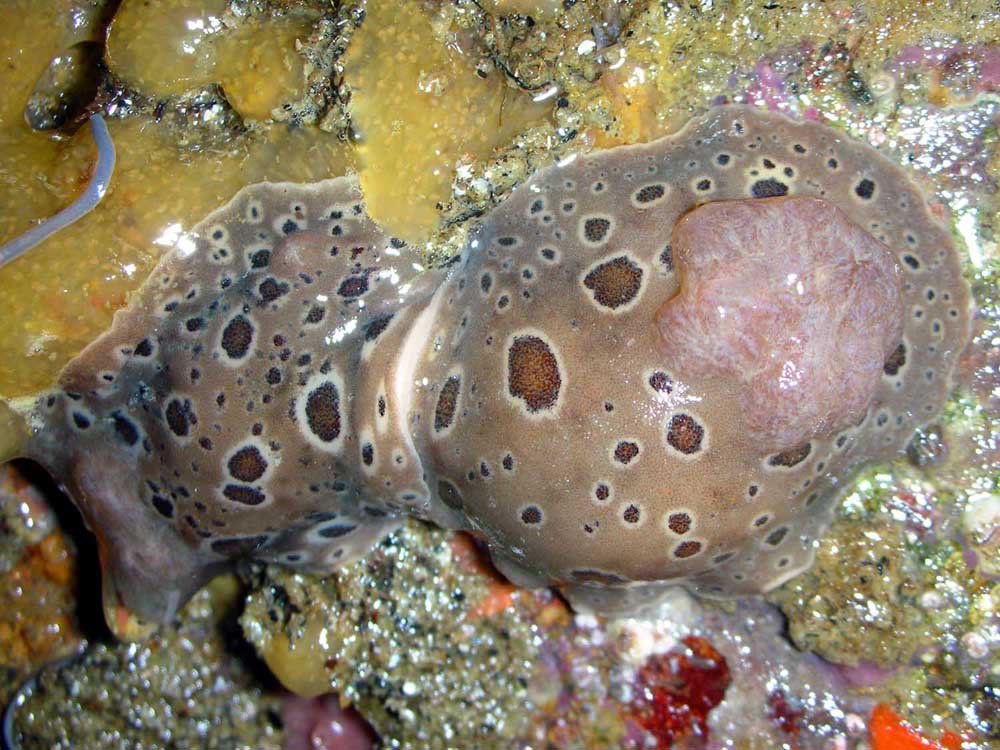Aquarium News: Meet the delightfully dangerous nudibranch
Published 10:02 am Tuesday, August 10, 2021

- The leopard dorid feeds exclusively on purple sponge. It is easier to spot the colorful sponge first then look around for the leopard dorid.
Mysterious, poisonous and beautiful nudibranchs are sliding around our coastal tide zones just waiting to be discovered. Two-hundred different species of nudibranchs call the Pacific Northwest ocean home while there are over 3,000 species worldwide.
Roughly translated, the name nudibranch means “naked gills.” After evolving from sea snails over millions of years, these sea slugs have gills on the outside of their body. A member of the mollusk family, nudibranchs come in a wide array of shapes, sizes and colors.
Trending
Some species use cryptic coloration to camouflage into our ecosystem of neutral color tones of gray, brown and sand. Many other species present the bold colors of the rainbow to warn predators of their toxicity.
The delightfully dangerous nudibranch has evolved using toxins as self-defense to protect their shell-less bodies. Some species are able to actively secrete chemicals such as sulfuric acid while other species of sea slugs are capable of absorbing the toxins of other creatures and using them to become poisonous.
An example of this cleptodefence system would be the nudibranchs ability to eat stinging cells from their prey (like corals, hydrozoids, anemones or jellyfish) transport them through their body and then become capable of stinging predators by storing the stinging cells on the exterior of the body.
Other slug species use this system to ingest toxic sponges and become toxic themselves.
So while the nudibranchs may look enticing with their glorious shapes and varying unique colorations, experts agree that people should not attempt to touch or collect them. Toxic excretions can feel like a hornet sting and can result in allergic reactions or welt-like rashes. The animals are also fragile and easily harmed by even well-intentioned humans.
To view nudibranchs carefully and safely, the knowledgeable staff at the Haystack Rock Awareness Program can help navigate the sprawling tidepools at Haystack Rock in Cannon Beach.
Friendly folks at the Seaside Aquarium also may have endemic native species of nudibranchs to showcase for the public and answer additional questions about local sea life; 200 North Prom; 503-738-6211.







